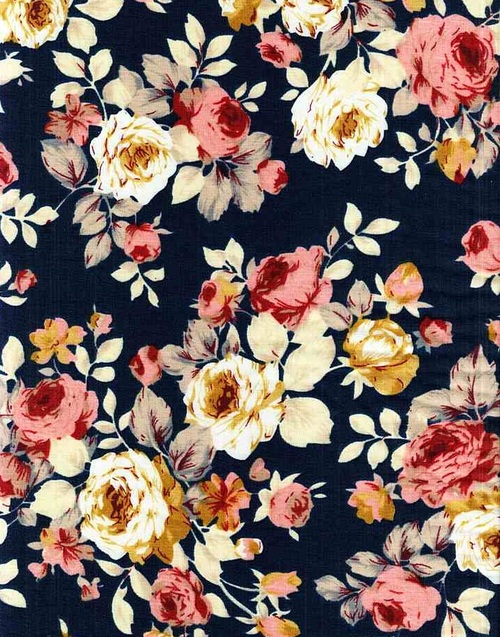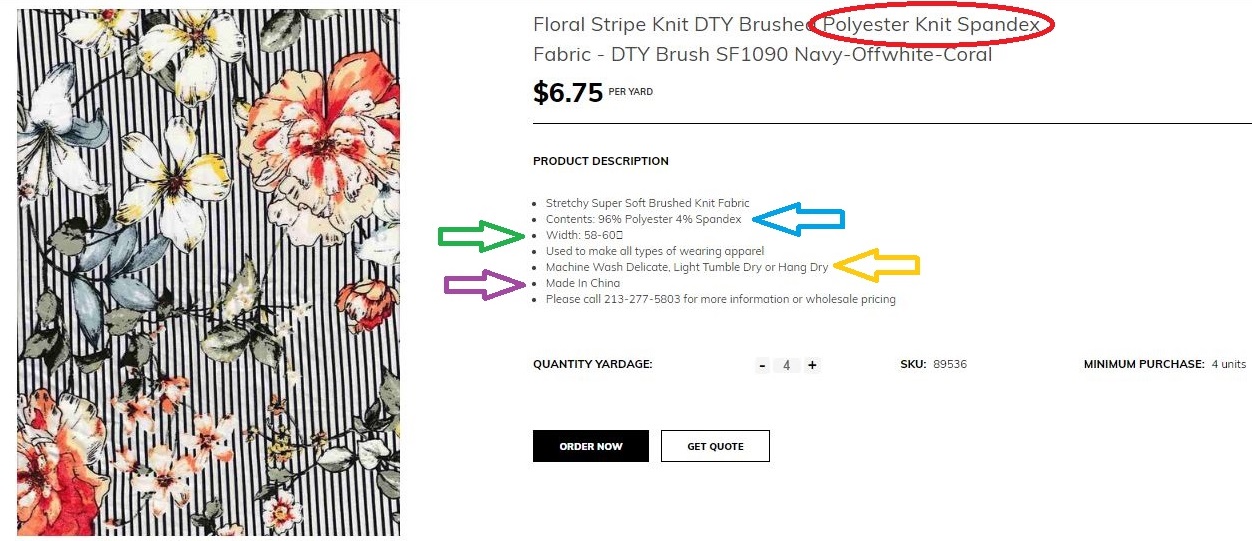The Ultimate Fabric Guide - 2019
May 14th 2019
You’ve got an amazingly creative idea and the enthusiasm to execute it. The right fabric can make a big difference as it can transform the way a design will look. Fabrics come in different shapes, textures, and colors. Choosing the right one depends on personal preference, in addition to the nature of the design you wish to sew. In this comprehensive guide, you’ll find everything you need to know about various fabrics and how to choose the right one for you.
Table of Contents
2. Difference Between Woven and Knit Fabric
3. Natural vs. Synthetic Fabric
6. How To Choose The Right Fabric
What is Fabric?
Fabric and textile usually refer to the same thing. This is a flexible material that’s produced by creating a bond of natural or synthetic fibers. However, there is a slight difference between the two terms. While a textile refers to a material made of interlacing fibers , fabric refers to a material made through knitting, weaving or other forms of bonding so this material is further used to produce clothing garments.
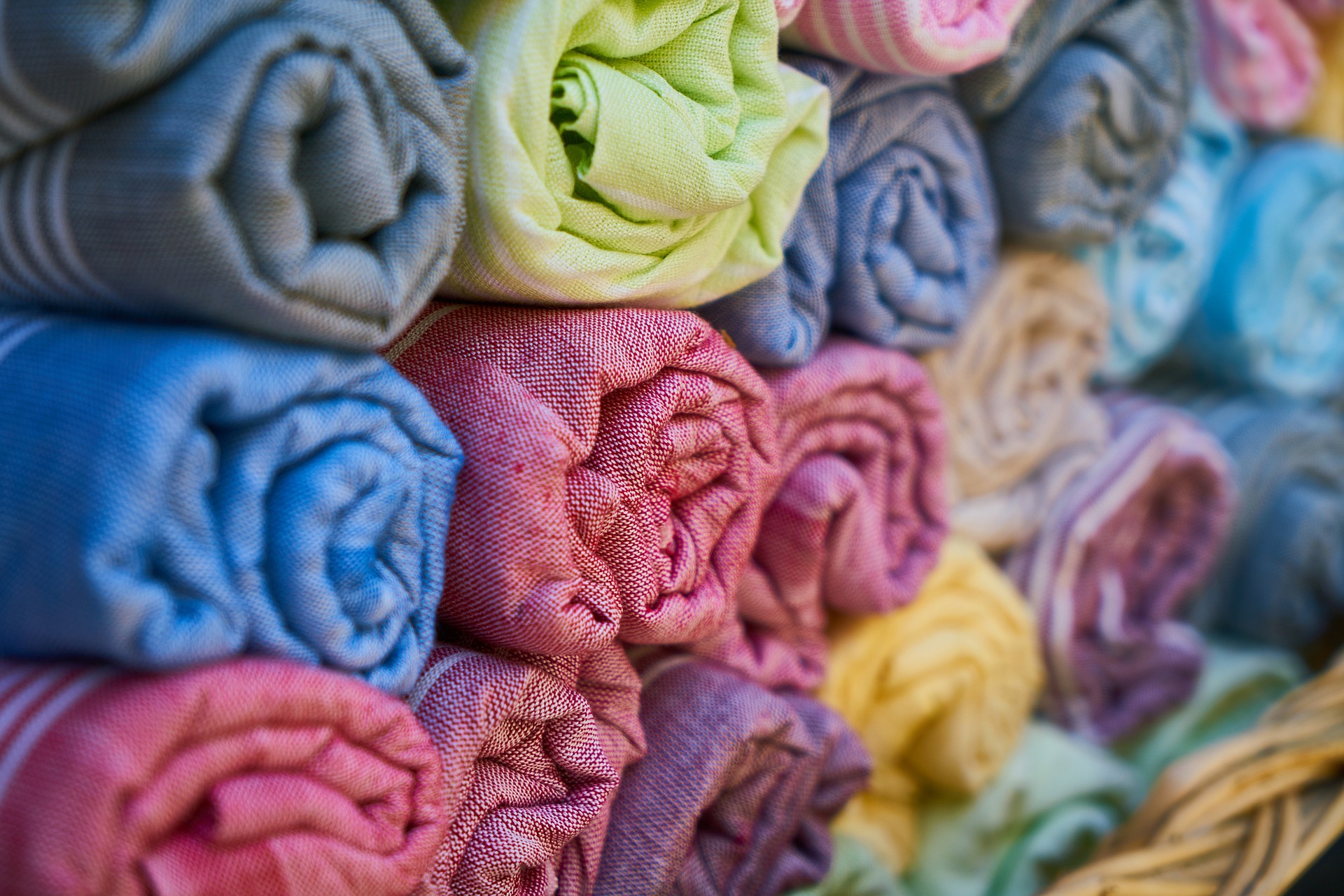
In prehistoric times, humans managed to make dyed fabrics to make clothes that show status, protect from the changes in the weather or used them as tools to express their creativity. Throughout history, and equipped by science and experience, man has succeeded in creating more versatile and durable versions that can be used to suit all tastes and purposes.
Difference Between Woven and Knit Fabrics
Most of the natural and synthetic fibers are either woven or knit. There’s a difference between the two types of fabrics which you should take into consideration to make sure that the design you’re executing will look just the way you like.
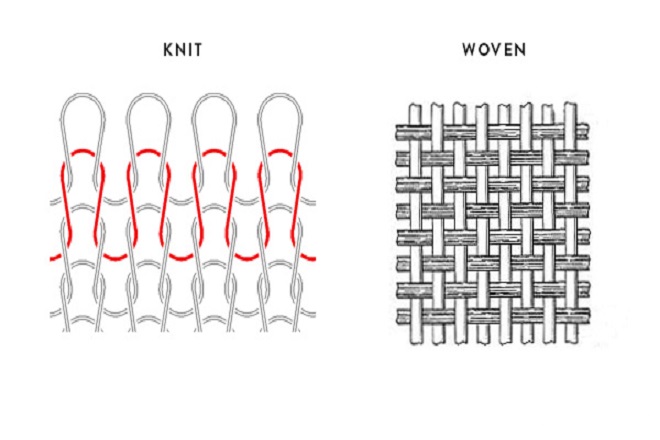
(Image Source: Textile Merchandising)
The first difference between knit and woven fabrics is the way the yarn looks. Knit fabrics are made of single yarns that are braided together to produce a flexible material. Woven fabrics feature multiple yarns laid on top of each other in a perpendicular form to make the material.
Because of the composition, knit fabrics can easily stretch . If you pull the fabric too hard, you will see empty gaps as a result of pulling the threads forming the braids. You can pull your knit fabrics from all directions and it will probably get back to normal. On the other hand, woven fabrics don’t stretch that much, if they ever do along the width. They will slightly stretch along the length of the material, though.
Moreover, knit fabrics don’t form wrinkles easily. If you take a piece of the fabric and roll it up in your hand, it will bounce back to its original shape once you release it. Woven fabrics will wrinkle easily.
The fray test is another way to differentiate fabrics. Woven fabrics always have a selvage along the width of the material to prevent fraying. But the length can easily fray. Knit fabrics, on the other hand, might fray on their width and curl along the length if there is no glue to prevent the knit material from curling.
Natural vs. Synthetic Fibers
Fabrics come from four main sources, animals, plants, minerals, and synthetic sources. Fibers from wool and silk are made of animal sources. Cotton, linen, flax, and bamboo are fibers made of plant sources. Glass fiber comes from a mineral source. Synthetic fibers come from petroleum and include nylon, polyester, and acrylic.
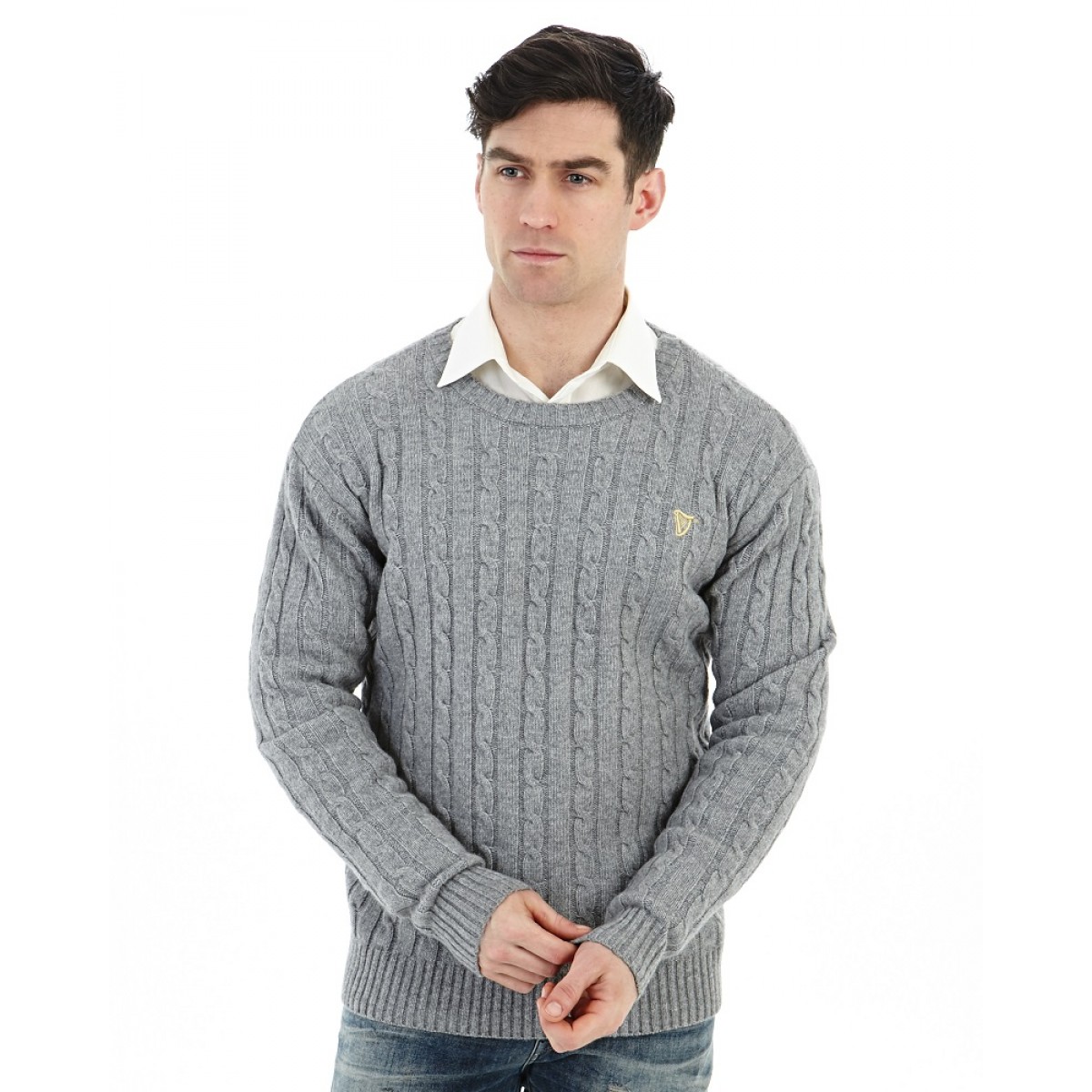
Fabrics made of animal sources have been around for centuries. Humans used wool fibers from sheep to create clothes for the cold weather because the fibers are coated with a waxy material that is water and dirt proof. Cashmere and mohair are softer materials but are also very warm and provide excellent insulation.
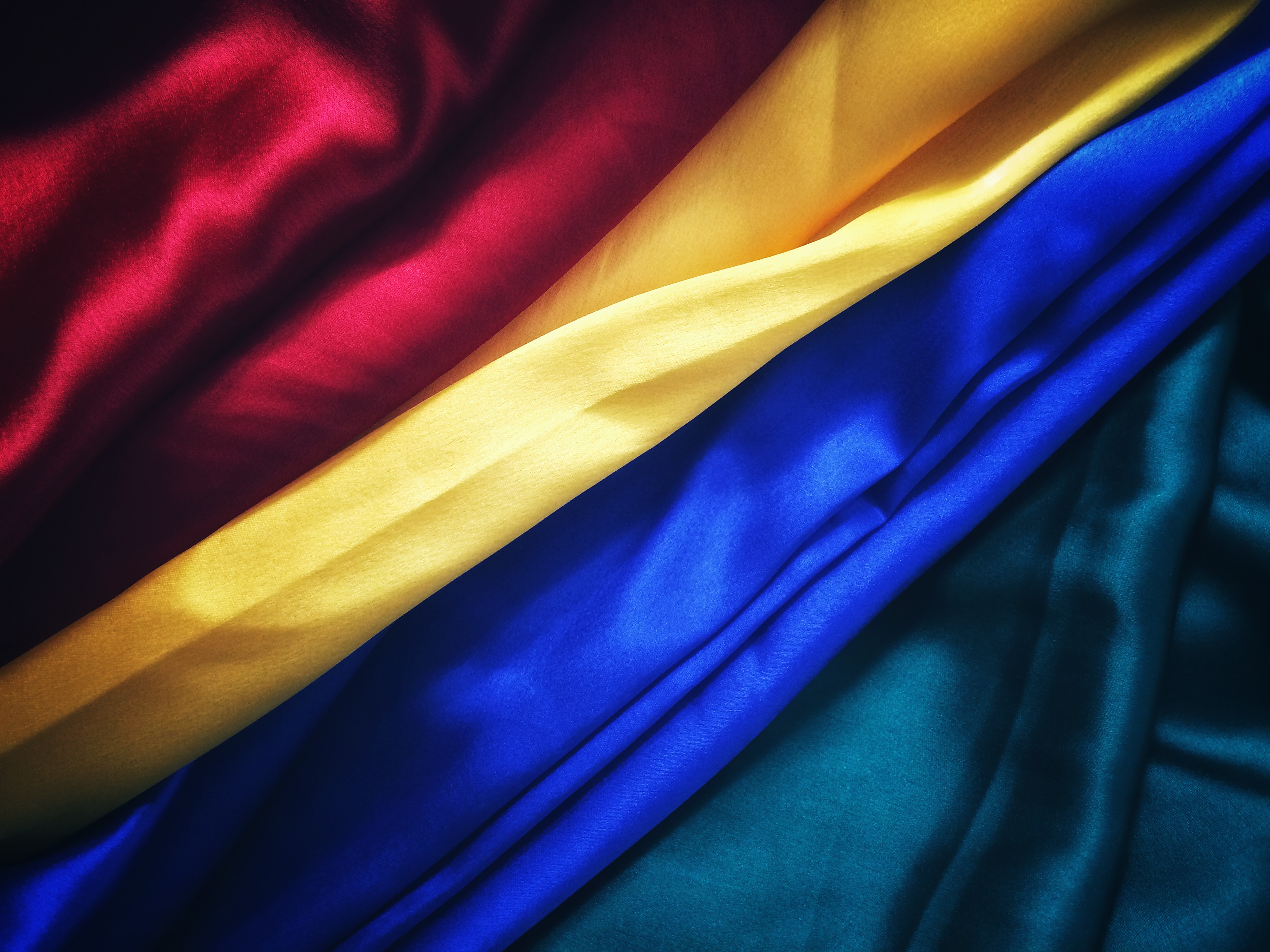
Silk is another fabric made of the fibers of the cocoon of the silkworm. It’s extremely soft and has a sheen to it so it’s widely used in luxurious garments that have some movement. Other types of animal fibers include camel hair, llama wool, and sea silk. Animal-based fabrics are more expensive than other materials and primarily used to produce high-end clothing apparel.
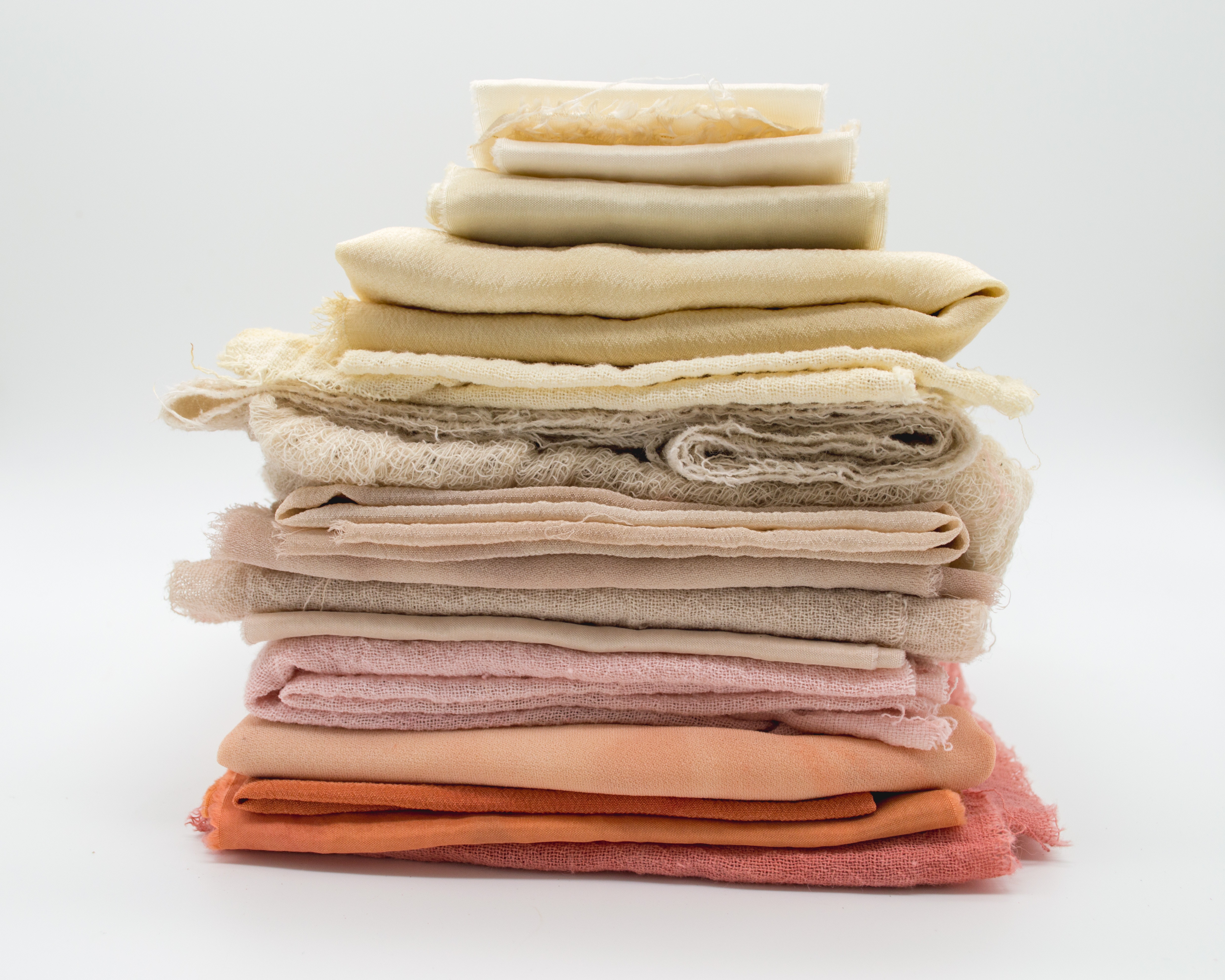
Plant-based fabrics depend on fibers obtained from cotton, hemp, flax, and bamboo. Some of these fibers are mixed with other synthetic or animal-based fibers to create a fabric with distinctive properties.
Mineral fibers aren’t widely used in fabrics intended for clothing apparel. You can find glass fibers used in mattress covers because the fabric is sturdy and doesn’t show signs of wear and tear easily.
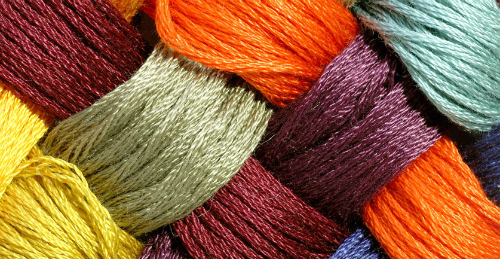
Synthetic fibers were game changers when they were introduced to the fabrics’ industry. These man-made fibers are created in the laboratory and are used to make a variety of fabrics for different purposes. Most of these fibers are petroleum-based and are either used alone or combined with natural fibers. Manufacturers use synthetic fibers to overcome the drawbacks of the natural ones.
Polyester is often blended with cotton to reduce the wrinkling of cotton and make it more practical to use. Other mineral fibers are added to cotton to make it more moisture-wicking and comfortable. Acrylic has a texture similar to natural wool but is more affordable. You’ll often find fabrics made of acrylic and wool or cashmere which are more comfortable to wear and don’t itch.
Olefin fabrics are used in sportswear and activewear because they allow your body to dry quickly. Spandex is another stretchy fabric that can be used to make tight fitting clothes like bras and swimsuits. In the 20 th century, scientists also managed to formulate a fabric made of milk proteins. This fabric is suitable for sensitive skin, has anti-microbial properties, and is also biodegradable.
Generally speaking, animal-based fabrics like wool and cashmere are warmer than any kind plant-based or synthetic fabric. They’re also more expensive, and this is why manufacturers and fashion designers usually look for synthetic options that provide the same look and texture of natural fabrics without the hefty price tags.
Synthetic fibers are much more versatile. The length of the fiber is controlled by man, unlike natural fibers. They’re more uniform because the producer can control the shape and nature of all fibers used to produce the fabric. Moreover, a producer can easily change something in the structure of the fibers according to preferences or needs.
On the other hand, natural fabrics are much more comfortable to wear. They are soft, can absorb dyes easily, and when they burn you don’t end up with a chemical smell. Their nature might be more limited which makes them less durable, but they’re always in fashion, especially if you’re designing a luxurious piece of clothing that is worn for a special occasion.
So what are the factors to consider when you’re choosing between natural and synthetic fabrics? Here are a few things to think about.
- The price of the final model. If you are designing a piece for Haute Couture, you’re likely to depend on natural fabrics. Working on a practical piece that should have an affordable price means that you will rely on synthetic fabrics.
- Nature of the design. Think of the characteristics that you want your final design to have. Should it be flowy? Do you need extra movement? Do you want it to resist wrinkles? Answering these questions will help you choose the right fabric for your design.
- Durability of your model. If you want a durable fabric, then you should go with synthetic ones. They’re easier to maintain, clean, and iron. Natural fabrics require special treatment.
Both types of fabrics have their advantages and disadvantages. Choosing the fabric is a matter of personal preference after all because you should think about the comfort level that comes with every choice. When you’re shopping, you should study the features of each type to make sure that you’re choosing one that you can work with and will allow you to execute your favorite design the way it should be done.
How to Buy Fabric?
The worst nightmare to a person sewing some fabric to create a design is to find out that they’re short of the material before they’re done with their final product. At the same time, you don’t want to have excess material that you won’t use anyway because this will be a waste of money.
There are lots of problems that beginners might encounter when they’re shopping for fabric, especially for the first time. They can buy the wrong type of fabric, the wrong amount, mix and match materials that don’t complement each other or choose a pattern that won’t complement the design. This is why you should weigh your options carefully when you’re shopping for fabric for clothing apparel or any other purpose.
Shopping for Fabric in Store vs. Online
There are two options when it comes to shopping for fabric; either going to the store or shopping for fabric online.

When you go to the store, you’ve got a chance to examine the texture of the fabric. Feel it and see how it looks against your skin. You can see how see-through or heavy the material is and this can give you an idea of how it will look like when executed in the model. When you’re working with a pre-designed model, there is always a list of suggested fabrics that will work to make that special piece look exceptional. Nevertheless, you can always look for other materials depending on the color, pattern, and texture you prefer.
If you’re confused with the right fabric to pick, you can always ask the shop assistant for help. Shop assistants who work for big chains, in particular, know everything about the traits of fabrics so they will easily help you pick you another material that better suits your model and taste.
A shop assistant will also help you decide on the right amount of material you need to buy for a particular model. This way you won’t end up with excess material or run out of fabric before your design is fully sewn and finished.
But what if there are no fabric shops nearby? What if you want to buy a special kind of fabric? This is when you should consider online shopping. Online fabric stores offer comprehensive collections of fabrics that can suit all tastes. You’ll have all the time in the world to see colors and patterns of different textures so you can choose the right one. These online fabric stores are practical and accessible because you can go back and compare notes about your chosen materials any time you like. You’re shopping at your own convenience and this gives you a sense of freedom, especially if you need time to make a decision.
Most people prefer buying fabrics online because they can easily calculate the amount of fabric needed using the charts provided on the website. They can also determine the amount of money they will spend to buy different materials before they actually make a purchase. You can also check online reviews if they’re available to make sure that other people are satisfied with the fabrics they’re buying.
What to Look For When You’re Buying Fabrics?
Whether you decide to go shopping for fabric or head to an online store, you should make sure that you’re dealing with a trustworthy shop. This will guarantee the quality of material provided so you can rest assured that your model will look as excellent as you wish it to be.
The information to consider when you’re buying is the same whether you’re shopping online or in store. You can check this information online or in person when you’re touching the fabric itself. This is what you need to consider.
- Fabric Type
This is important information because you might be confused, especially if you aren’t that experienced with sewing. Some materials look close to each other but they’re different in nature and will affect the way your executed model will look after it’s finished. Check the information to make sure that you’re buying an appropriate material that will work with the model you’ve chosen.
- Fabric Content
On very rare occasions, you will find that your fabric is made of a pure type of fibers. This is because manufacturers usually combine several types of fibers together to provide better qualities. For example, you can find a silk and polyester blend that has all the luxurious features of silk for the most elegant designs, but is more durable and resists wrinkling. Check the information on the website or ask the shop assistant for the fabric content to make sure that you understand the nature of the material you’re buying.
- Fabric Width
When you’re choosing a model, you’ll find information about the yardage or amount of material needed to execute this model. Different fabrics come in different widths, and this means that you’ll have to buy a different amount of each material to make sure that you have enough fabric to finish your design. Generally speaking, if the fabric isn’t that wide, you’ll end up buying more material. This is something you should consider when you’re comparing materials against each other because you might end up paying more, even though you actually chose the cheaper material.
When you’re working with certain patterns like stripes or plaids, you should understand that the width of the fabric isn’t the only factor that will affect your purchase decision. In this case, buyers usually end up buying more material to make sure that the shapes match.
- Country of Origin
This gives you an idea of the quality of the fabric you’re buying, especially if you’re shopping for natural-based fabrics. Some countries are famous for certain types of fabrics. For example, China, India, and Uzbekistan are among the top manufacturers of natural silk. So you if you are shopping for silk fabric coming from these countries, you know that it will be of top quality.
- Care Instructions
This is another piece of information that you should consider before buying material. Some materials are difficult to care for. They should be dealt with extreme care or dry cleaned only which can make them less practical, especially if you’re choosing material for a piece you’ll wear on a daily basis.
Different Types of Fabric

The world of fabrics and textiles provide endless possibilities for any sewing project. The more information you know about the material you’re using the better your sewing project will look.
Light and very light fabrics are usually used for shirts, tops, dresses, and sometimes skirts. Heavy and medium fabrics are suitable for pants and suits. Most fabrics found today can combine two or more materials for a better finish or more functionality. Here are some of the most common types of fabrics.

- Cotton
One of the most popular natural fibers. It’s very cool, wears, and ages well. Cotton is the most popular type of material for t-shirts and summer clothes. It will shrink if you wash it, so you must make sure that it’s pre-treated. It also takes time to dry.
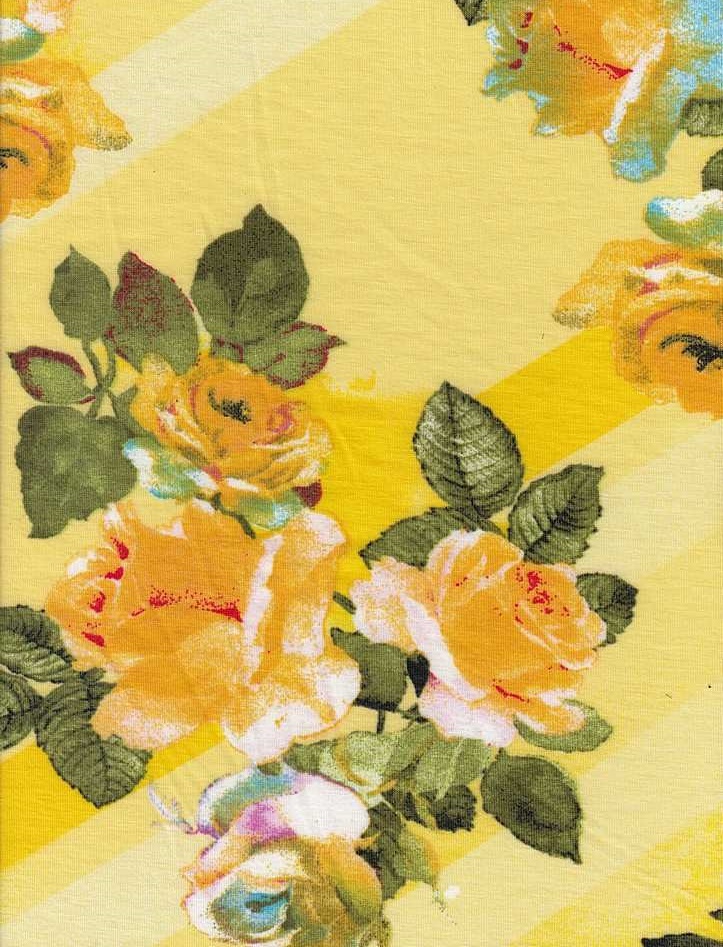
- Polyester
Unlike cotton, this material doesn’t shrink and dries very quickly. It doesn’t absorb water and isn’t suitable for very tight-fitting clothes. However, it’s one of the most versatile and cheapest materials. Polyester can be combined with other materials like spandex to give it some stretch for tight clothes.
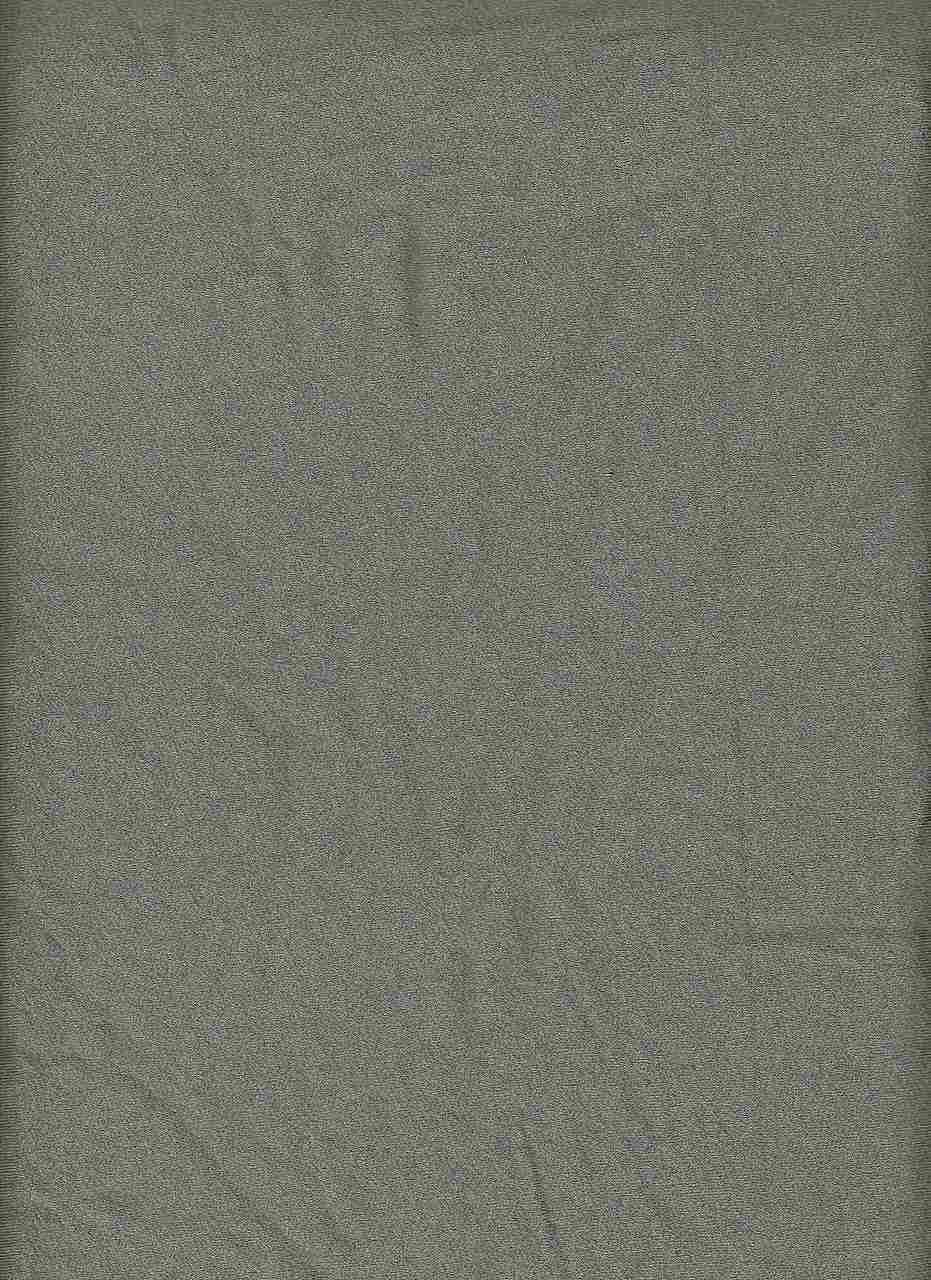
- Viscose
This material is lightweight and very comfortable to wear . It’s cool and absorbs water fast, but it wrinkles pretty easy. It’s suitable for a model where you want some movement.
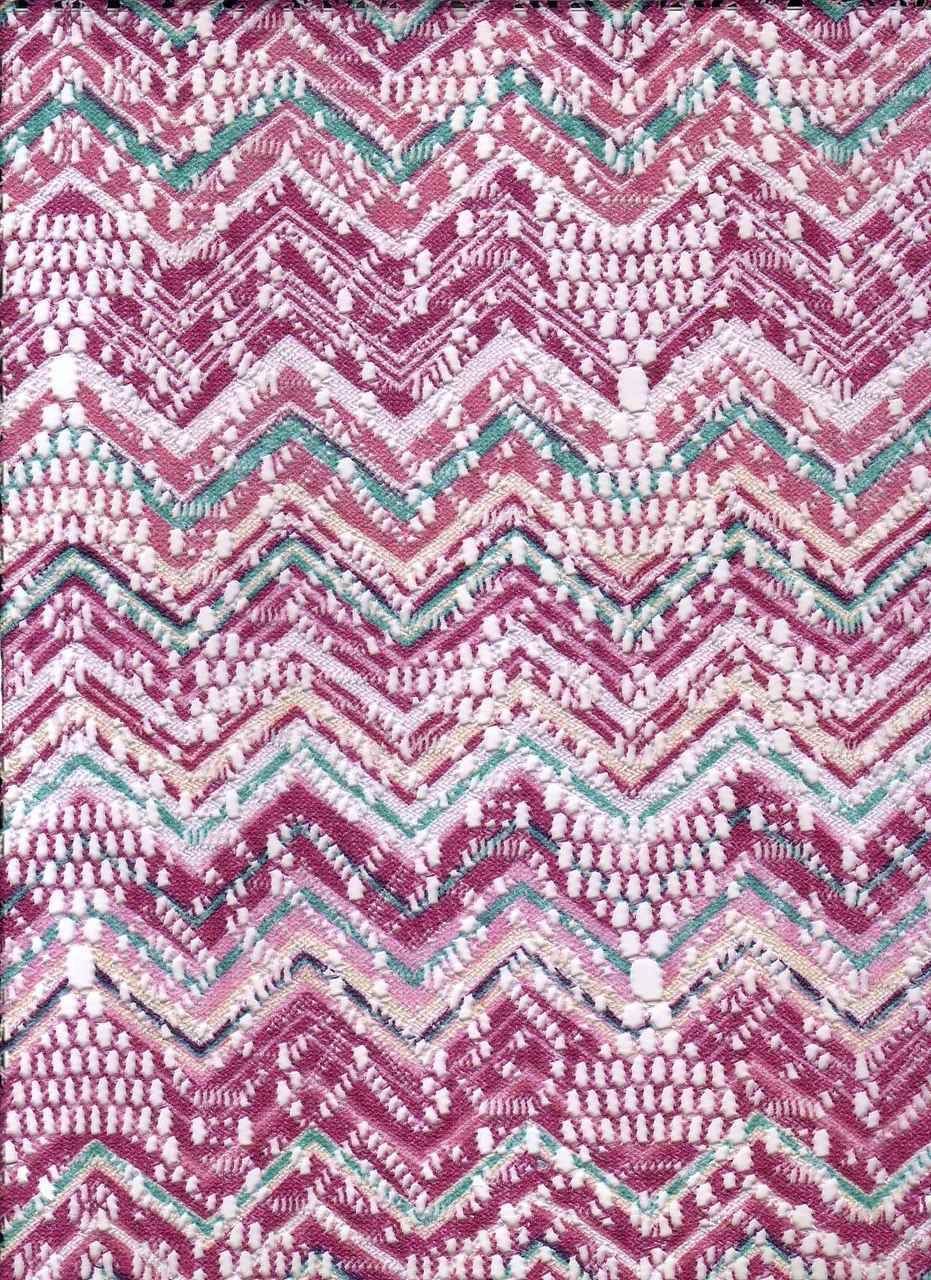
- Lace
This see-through material comes in various patterns and shapes . The material can be worn on its own or with lining for any model you prefer.
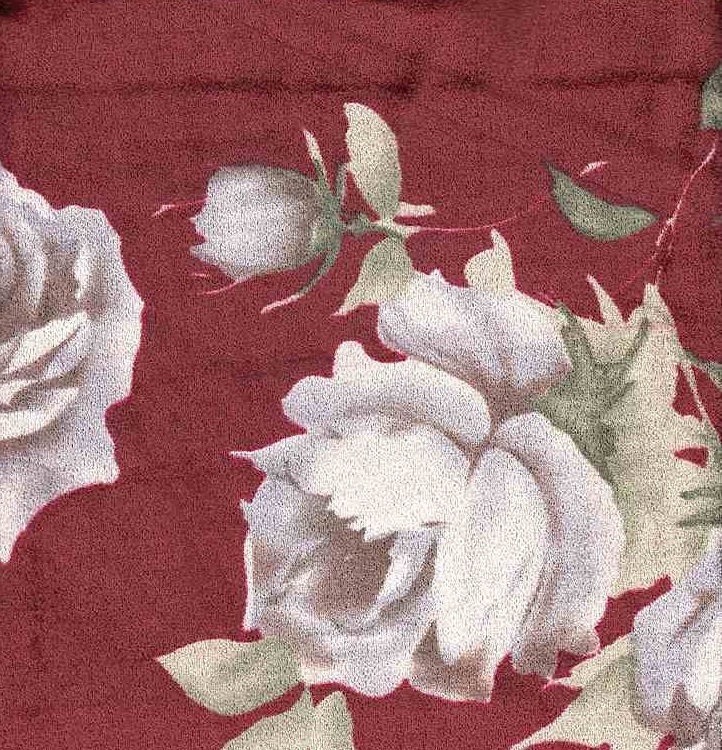
- Velvet
This is a smooth fabric that’s suitable for figure-hugging clothes . It’s an elegant choice for winter clothes.
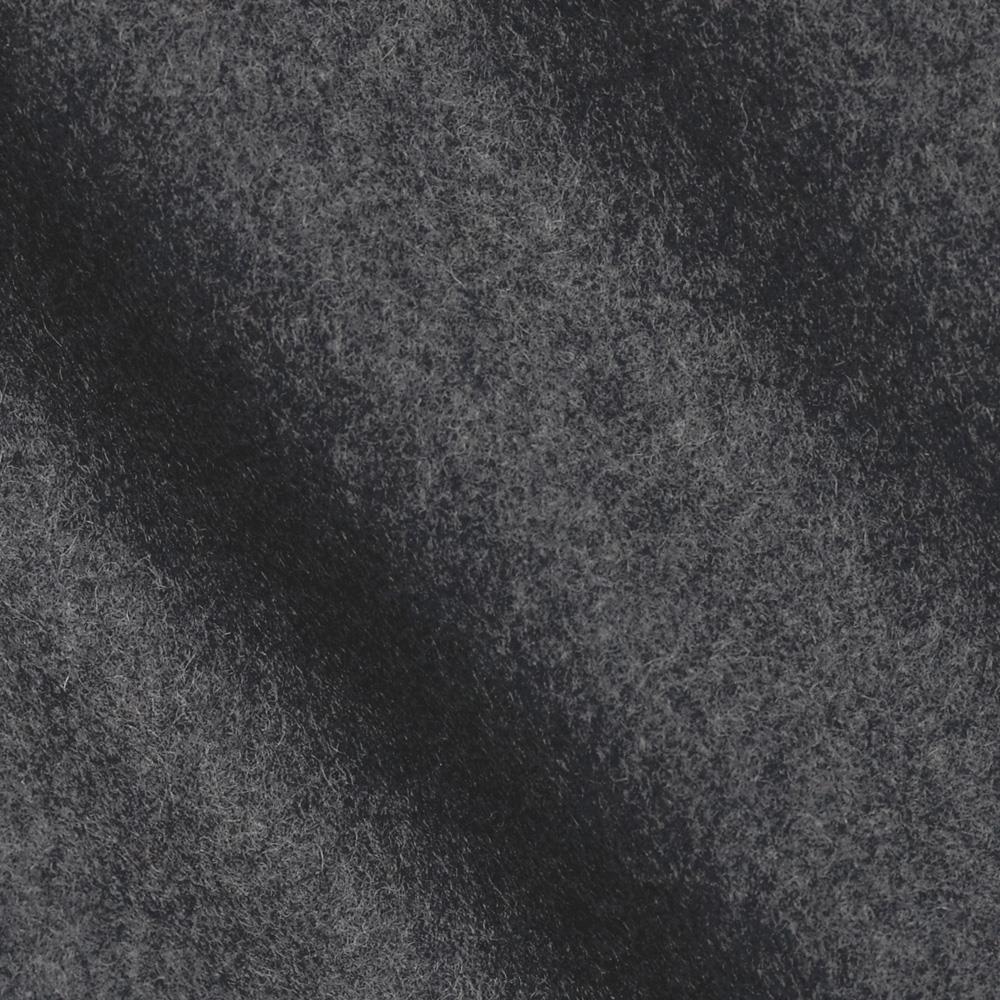
- Wool
This material is warm and strong. It doesn’t wrinkle easily and provides good insulation in cold weather. You should take care of wool to make sure that it lasts for long.
How to Choose the Right Fabric?
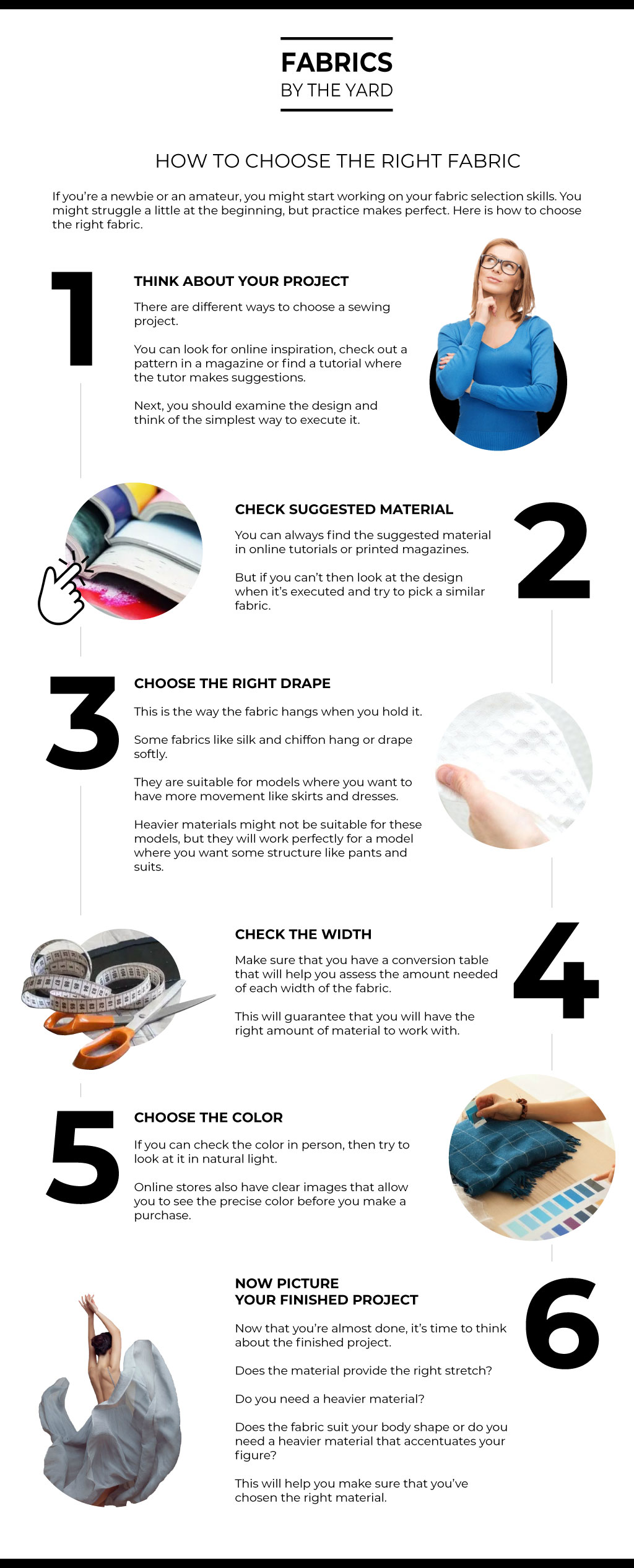
If you’re a newbie or an amateur, you might start working on your fabric selection skills. You might struggle a little at the beginning, but practice makes perfect. Here is how to choose the right fabric.
1. Think About your Project
There are different ways to choose a sewing project. You can look for online inspiration, check out a pattern in a magazine or find a tutorial where the tutor makes suggestions. Next, you should examine the design and think of the simplest way to execute it.
2. Check Suggested Material
You can always find the suggested material in online tutorials or printed magazines. But if you can’t then look at the design when it’s executed and try to pick a similar fabric.
3. Choose the Right Drape
This is the way the fabric hangs when you hold it. Some fabrics like silk and chiffon hang or drape softly. They are suitable for models where you want to have more movement like skirts and dresses. Heavier materials might not be suitable for these models, but they will work perfectly for a model where you want some structure like pants and suits.
4. Check the Width
Make sure that you have a conversion table that will help you assess the amount needed of each width of the fabric. This will guarantee that you will have the right amount of material to work with.
5. Choose the Color
If you can check the color in person, then try to look at it in natural light. Online stores also have clear images that allow you to see the precise color before you make a purchase.
6. Now Picture your Finished Project
Now that you’re almost done, it’s time to think about the finished project. Does the material provide the right stretch? Do you need a heavier material? Does the fabric suit your body shape or do you need a heavier material that accentuates your figure? This will help you make sure that you’ve chosen the right material.
Conclusion
When it comes to choosing fabric for any sewing project, there are more factors to consider other than the price. There is a big variety of excellent fabrics available that you can experiment with. Do the research and pick a material that suits your needs.





